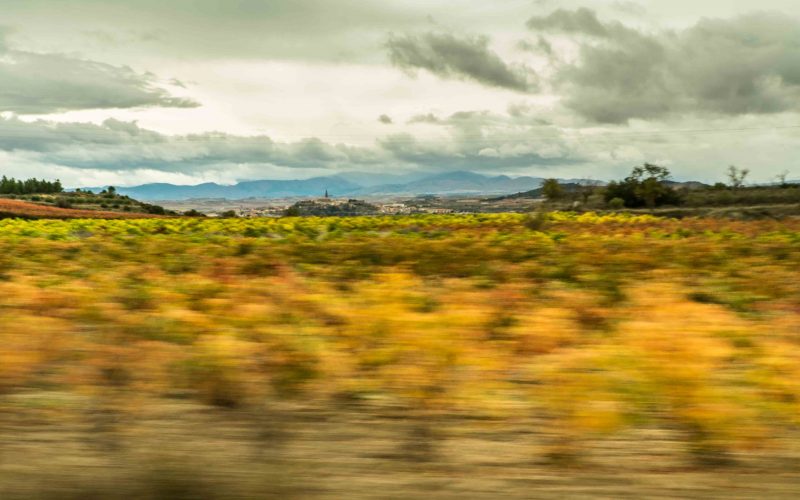By Juan Luis Vanrell
There is no doubt that, by tradition, Rioja wines are the quintessential red wines of our country. However, nowadays, talking about Rioja is somewhat ambiguous if we do so in general terms. Times are changing -for the better- in one of the few regions in the world that gives its name to a wine. Within Rioja wines we find a wide range of possibilities. Firstly, since 2017, the DOCa Rioja has established a classification that gives value to the singular origin of each wine, depending on its terroir, although this is a subject to be dealt with in the future. Secondly, and this is the aim of this post, Rioja is characterised by the coexistence of two forms of winemaking, classic and modern, which makes it an extremely attractive area.
To give an approximate date, according to Alice Feiring, the beginning of the 21st century marks the appearance of a new way of understanding the Rioja wine: the modern way. From that moment on, the dichotomy of classic vs. modern winemaking emerged. Of course, neither is better or worse, as they are perfectly complementary, as well as enriching. To give a clear example, the wines of López de Heredia Viña Tondonia have nothing to do with those of Remirez de Ganuza, however, both are spectacular. The result is a spectrum of possibilities that only enhances the richness of Rioja wines.
But what are the differences between these two winemaking methods? In short, they would be the following:
Classic Rioja:
– Few own vineyards.
– More work in the winery than in the vineyard.
– Use of old barrels, even for fermentation.
– Short macerations, but with a lot of ageing, both in barrel and bottle.
– Wines with little extraction.
– As a consequence of the above, in general, less fruity wines, but silkier, with spicy and old wood notes.
Modern Rioja:
– Greater care of the vineyard and less intervention in the winery.
– Harvesting of riper grapes.
– Use of new barrels.
– Long maceration and short ageing.
– As a result of the above, in general, wines with higher alcohol content and more body, with a strong presence of ripe fruit, more sweet and powerful.
– Little use of the terms crianza, reserva and gran reserva.
Over the years, modern winemaking has become more and more popular, to the point that more and more wineries are working in a modern way, while the “traditional wineries” (López de Heredia Viña Tondonia, La Rioja Alta, Marqués de Murrieta, Marqués de Riscal, etc.) maintain the traditional system. I imagine that the reader will be wondering about my preference, but why choose if you can enjoy both types of Rioja?
